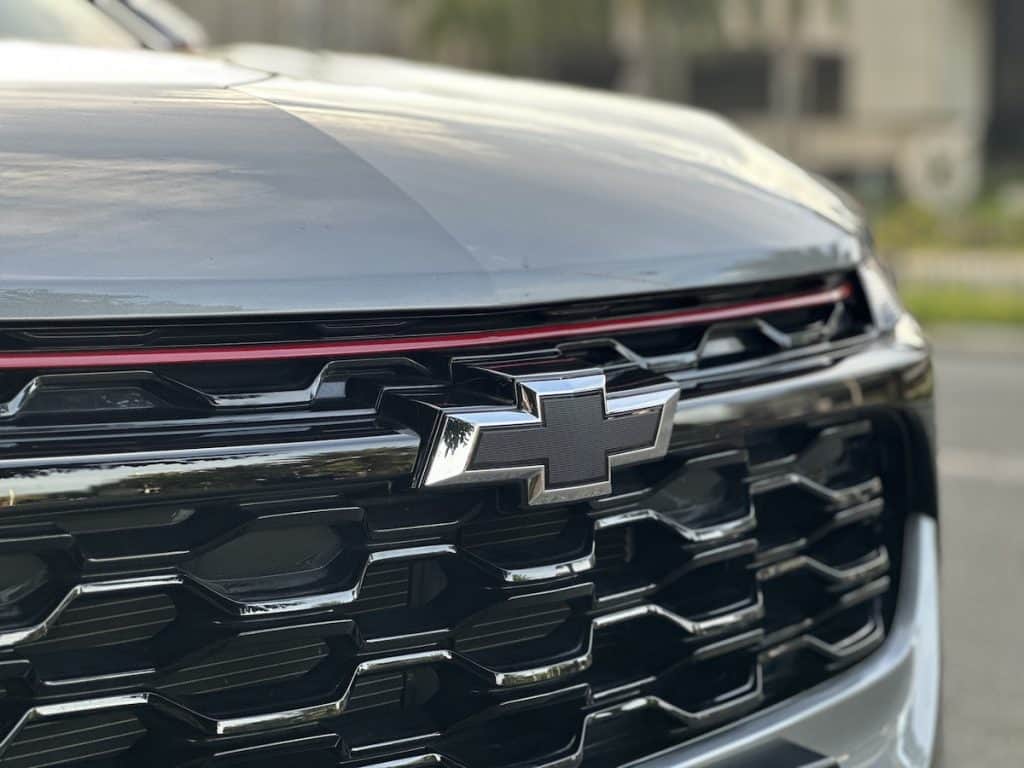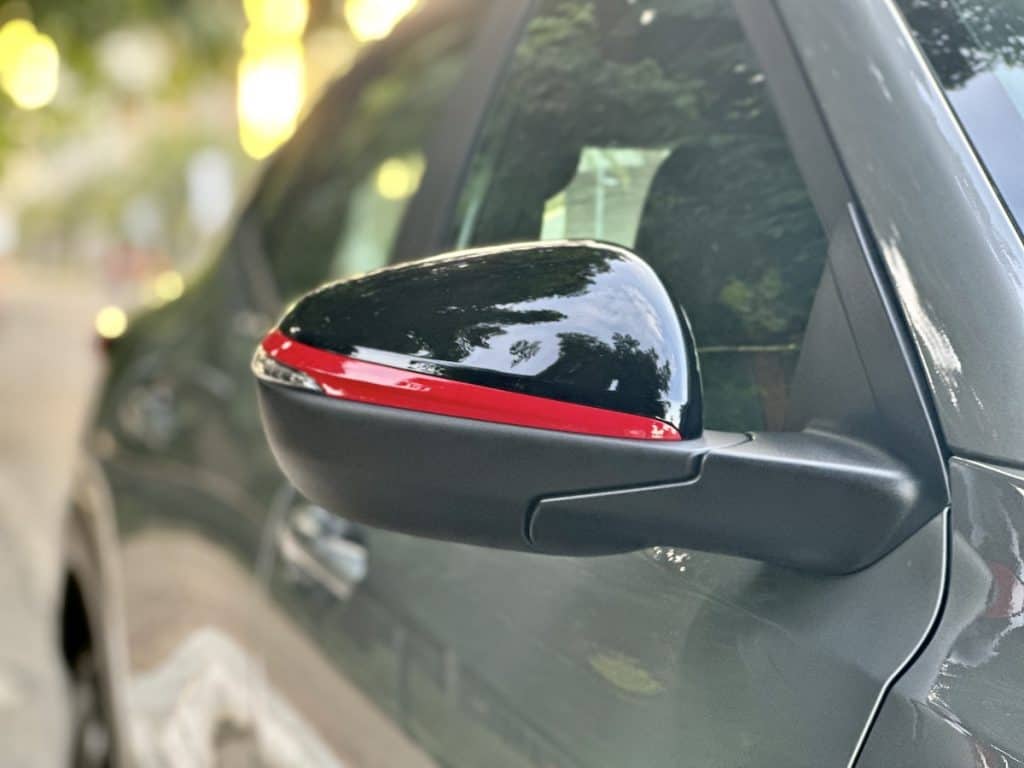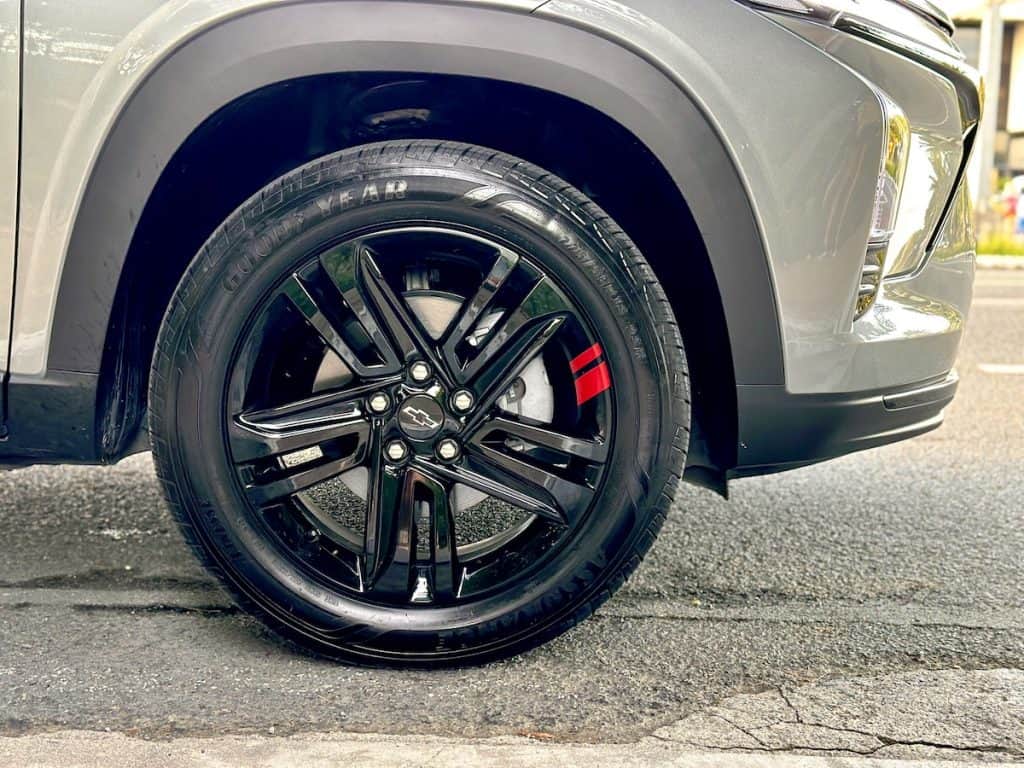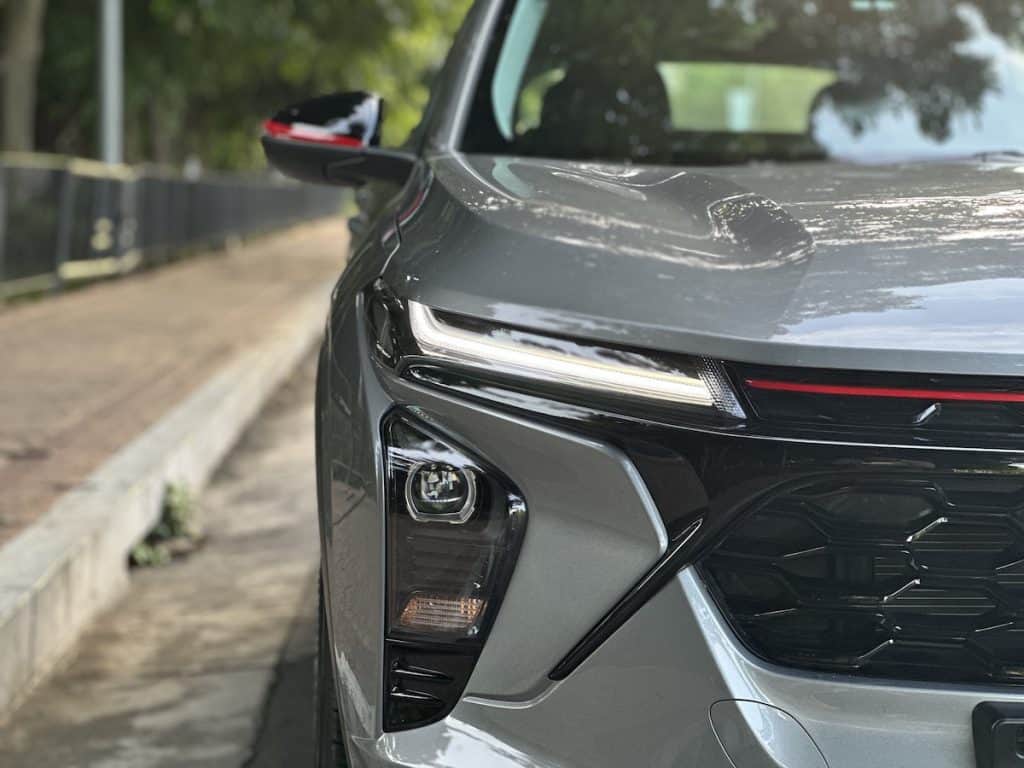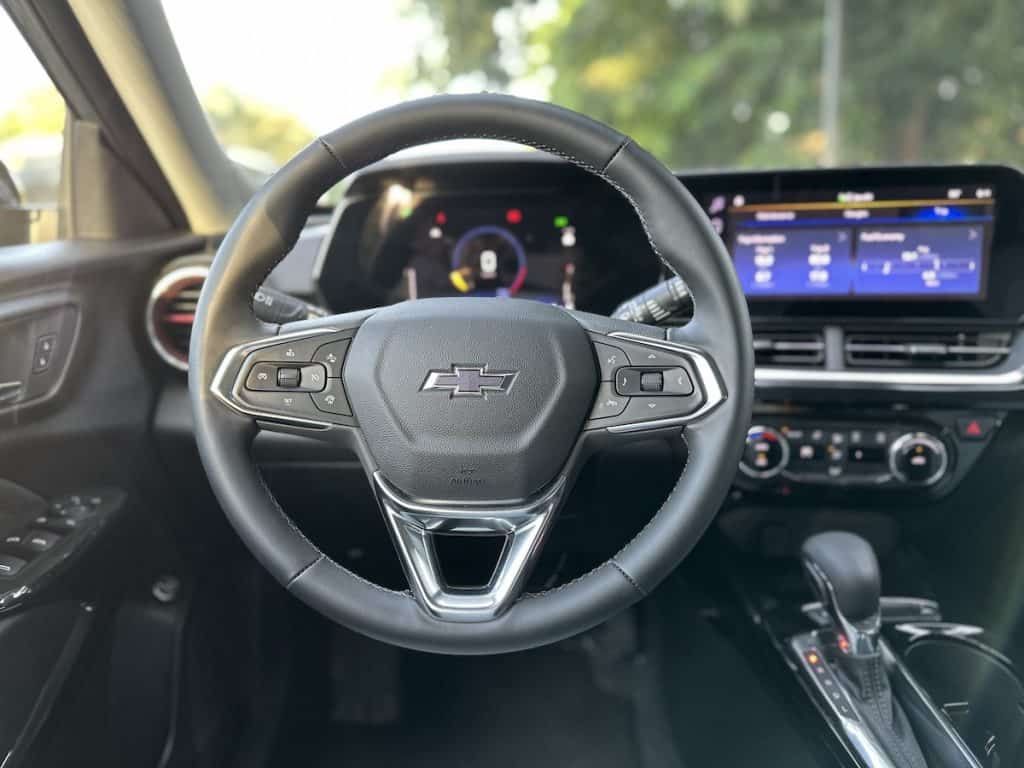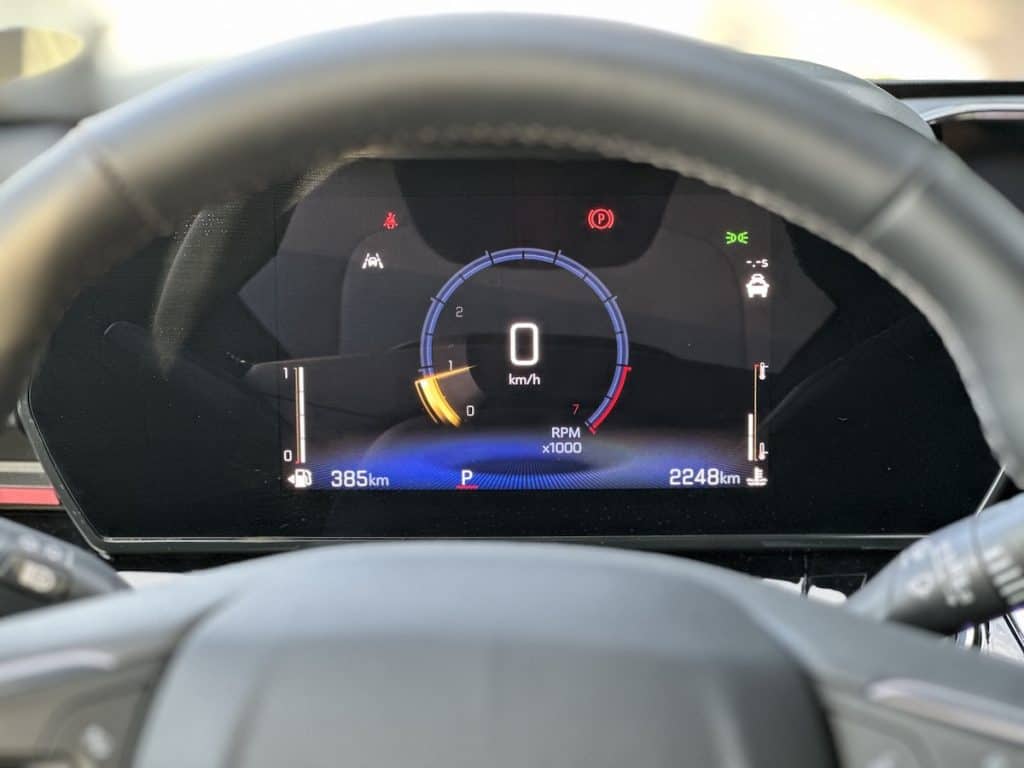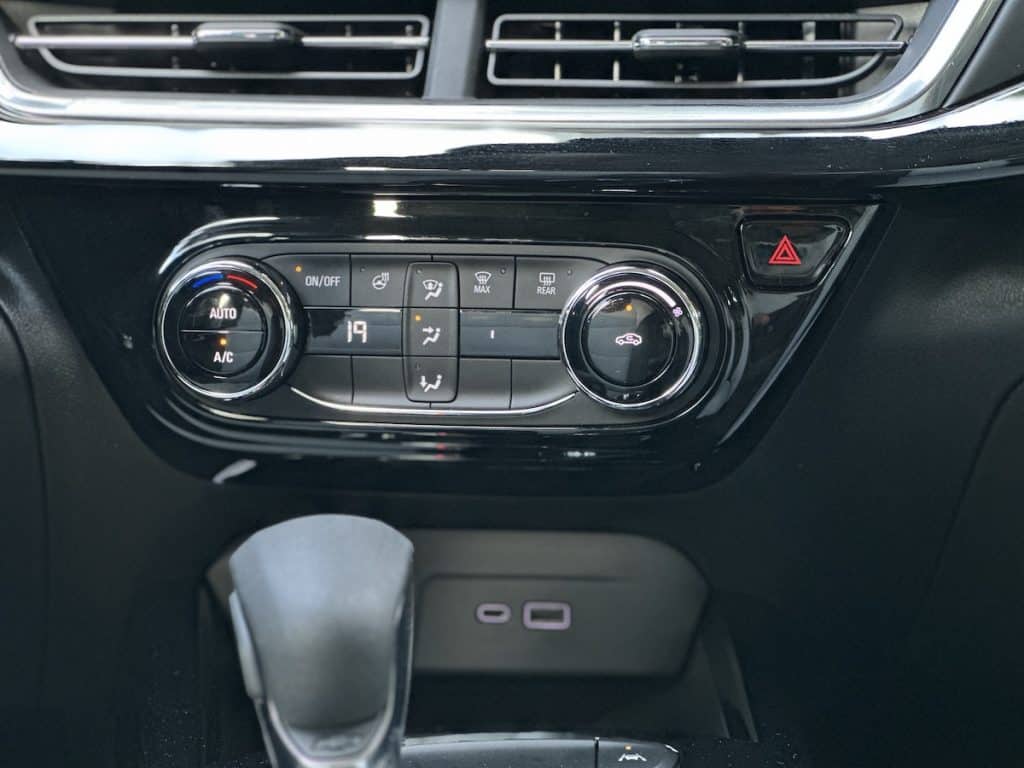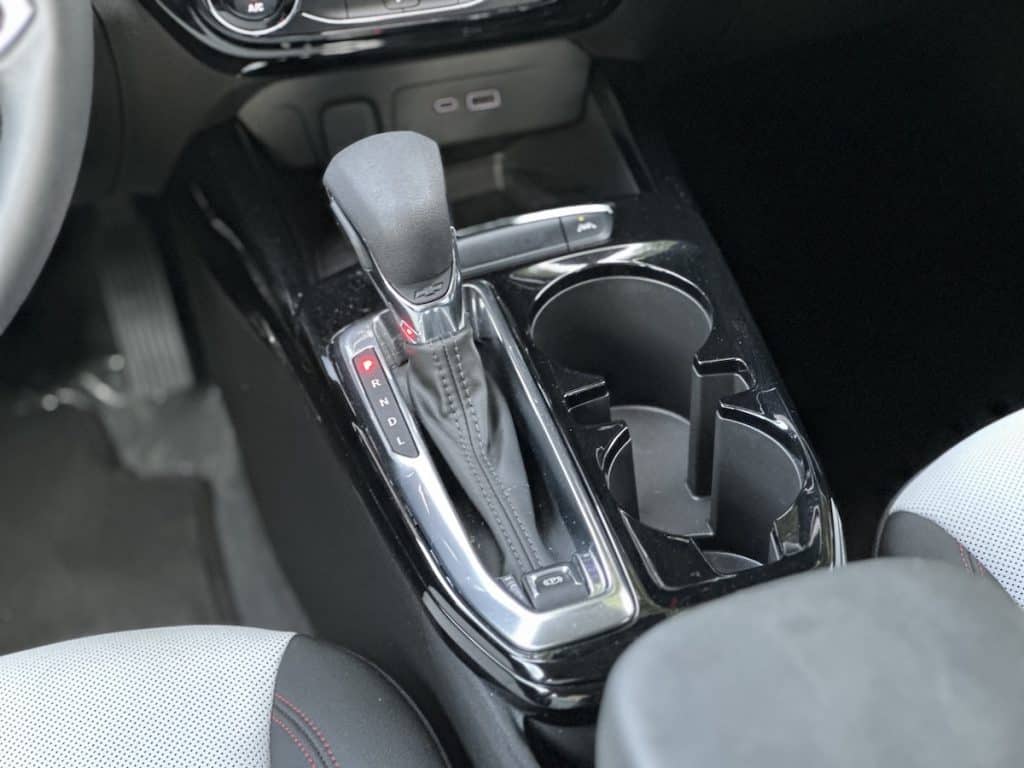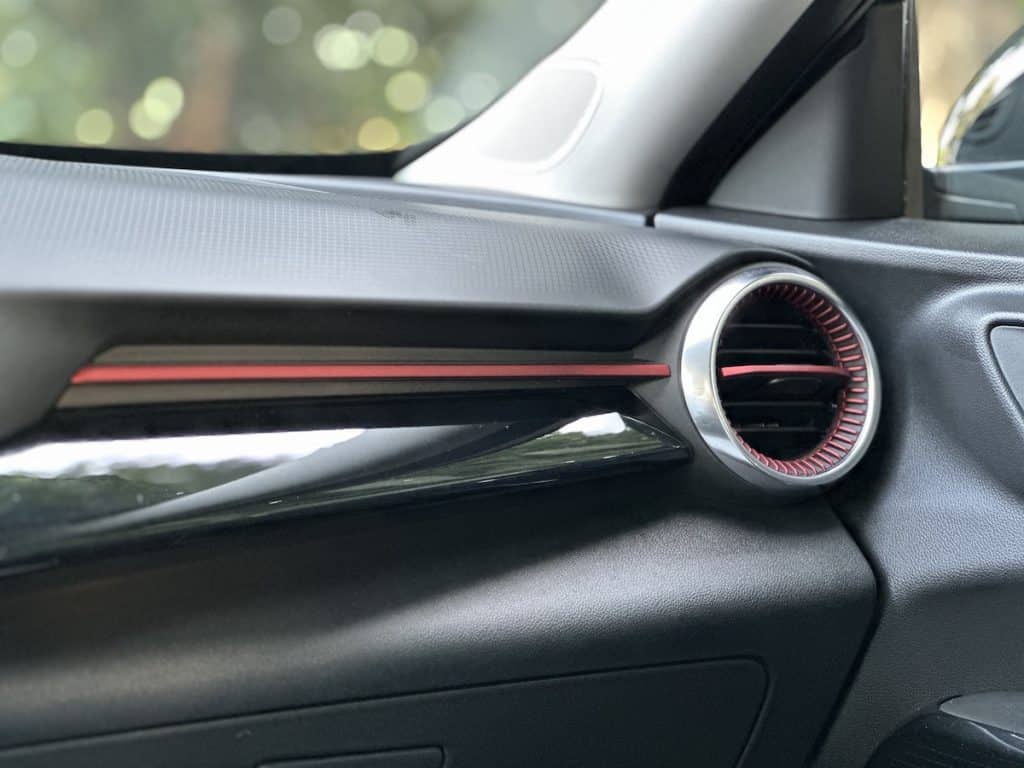It was in 2015 when Chevrolet first sold the Trax locally as an answer to Ford’s hot-selling Ecosport. It was slightly more expensive then but offered a different flavor to the SUV-hungry crowd. Unfortunately, the first Trax was a flop, with the company only selling a few until its eventual discontinuation.
Now, a new-generation Chevy Trax is here to go head-to-head with another Ford, the Territory, and the rest of the Chinese crossover available today. I’ve had the chance to test drive the crossover in its Redline trim for a few days before its reveal. Several aspects stood out, while others left room for improvement. Most notably, the pricing.
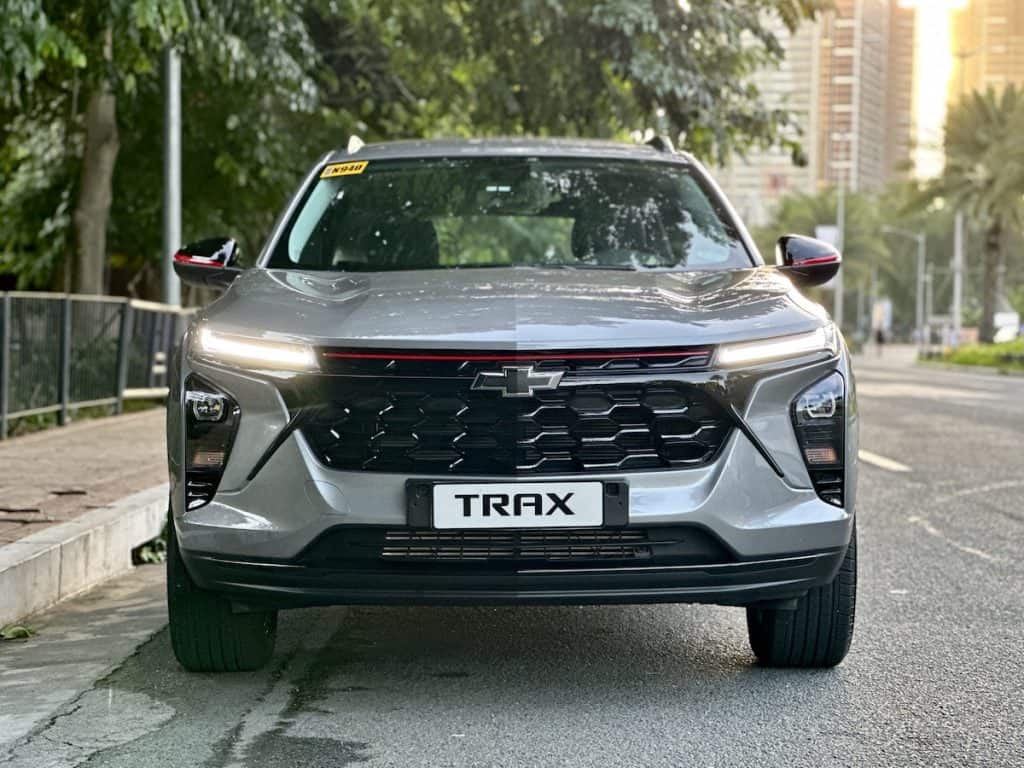
Starting with the exterior, the Redline variant adds some eye-catching elements. The black bow tie emblem on the front grille adds a touch of elegant anonymity, while the red accents, particularly on the grille and wheels, give the vehicle a sporty edge. Speaking of the wheels, the 18-inch black aluminum alloy wheels are a fine addition to the overall design. However, while the front and side profiles of the Trax are appealing, the rear taillights seem overstyled and incohesive with the overall look.
In terms of proportions, the Trax strikes a balance. It is long enough to provide adequate cabin space but not excessively wide, making it easy to maneuver through city streets. However, the low roofline, due to its coupe-like styling, compromises vertical cargo space and headroom. It feels more like a slightly raised hatchback than a true crossover SUV, especially with its low ground clearance. It gives it a sportier stance but should eliminate its capabilities beyond the pavement.
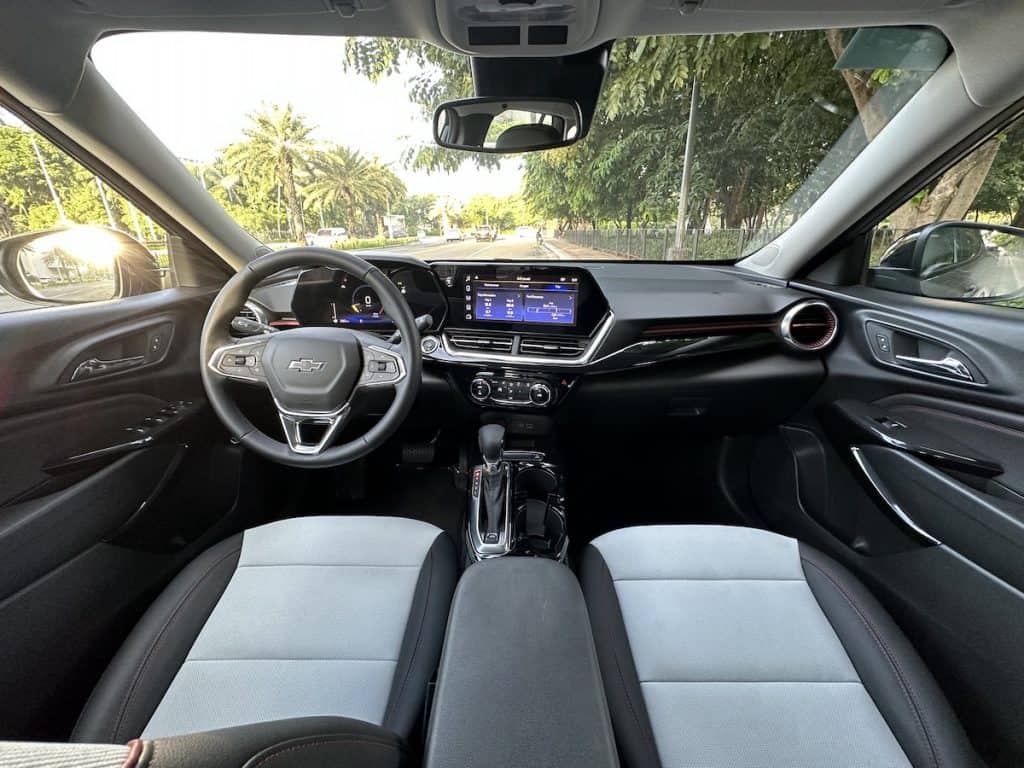
One notable aspect of the Trax is its lighting system. The bright headlights with auto high beam function provide excellent illumination on the road. However, it’s worth considering its impact on oncoming vehicles, as every one might not appreciate getting blinded by white light. Good thing the height of its illumination is adjustable.
Overall, the design of the Trax is nice, but it does have a somewhat generic appearance that blends in with the lot of Chinese crossovers on the market. Remove the Chevy badge, and it becomes challenging to distinguish it from its competitors.
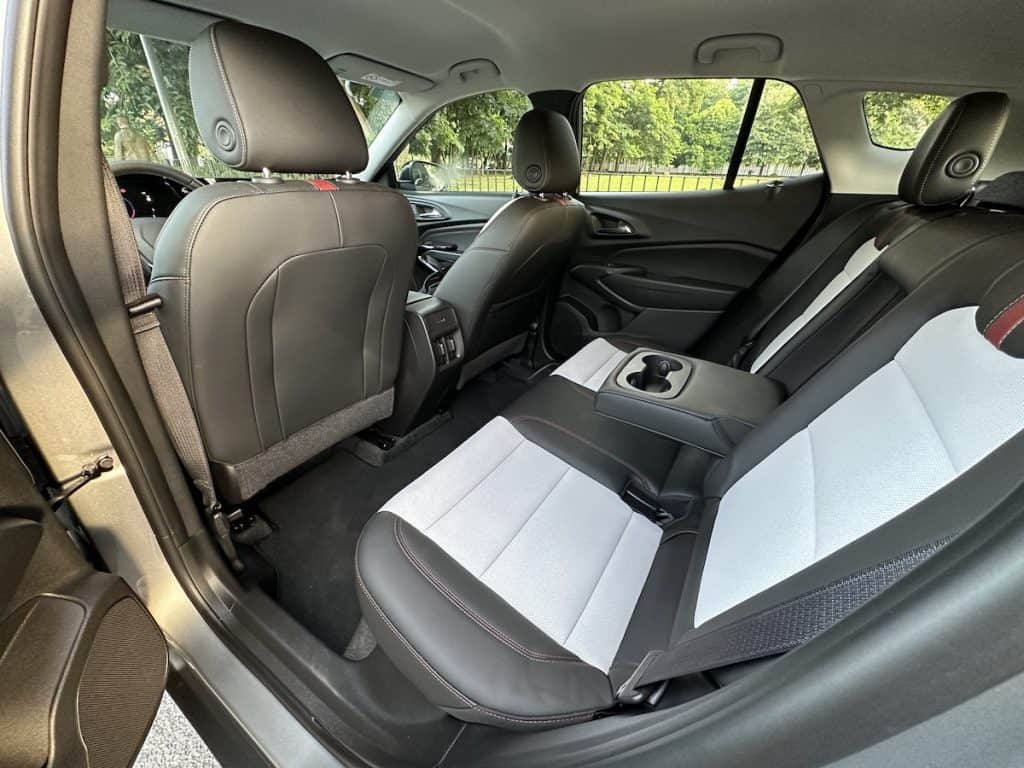
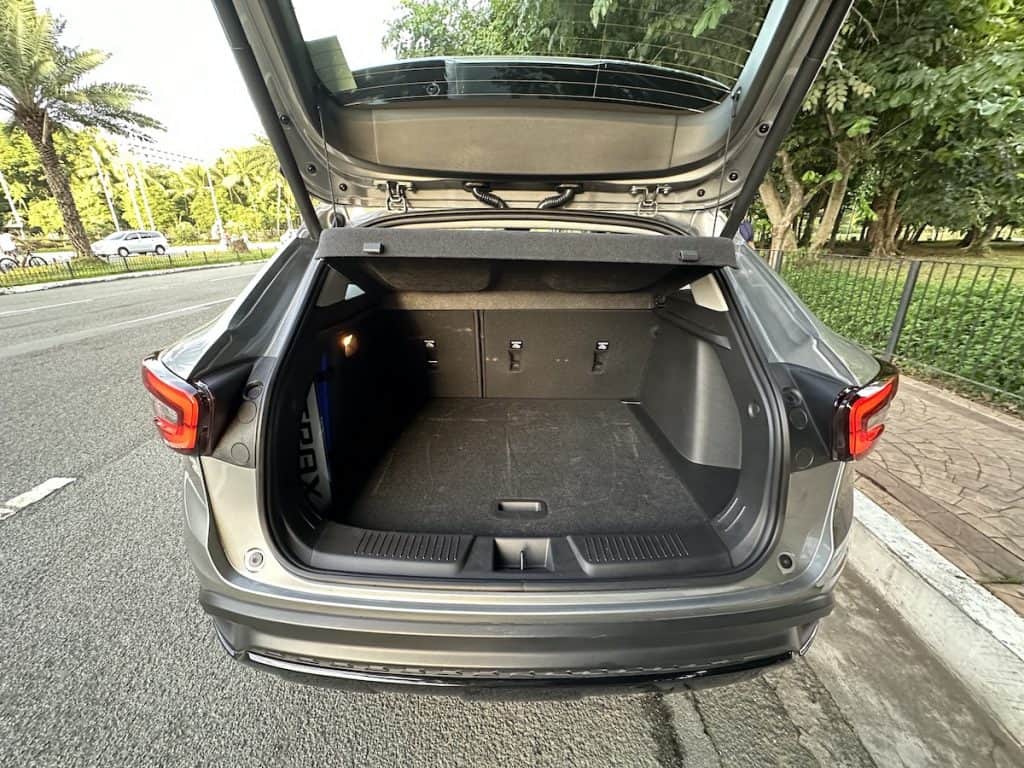
Moving to the interior, the Trax offers ample horizontal space with plenty of cubbyholes and storage points. However, the low roofline compromises headroom, making it less comfortable for taller passengers. While the build quality is acceptable, the materials used in the cabin don’t feel top-notch, leaving room for improvement in this area. One potential issue with the interior is the white upholstery, which may be problematic, especially for families with children, as it is prone to stains and difficult to clean.
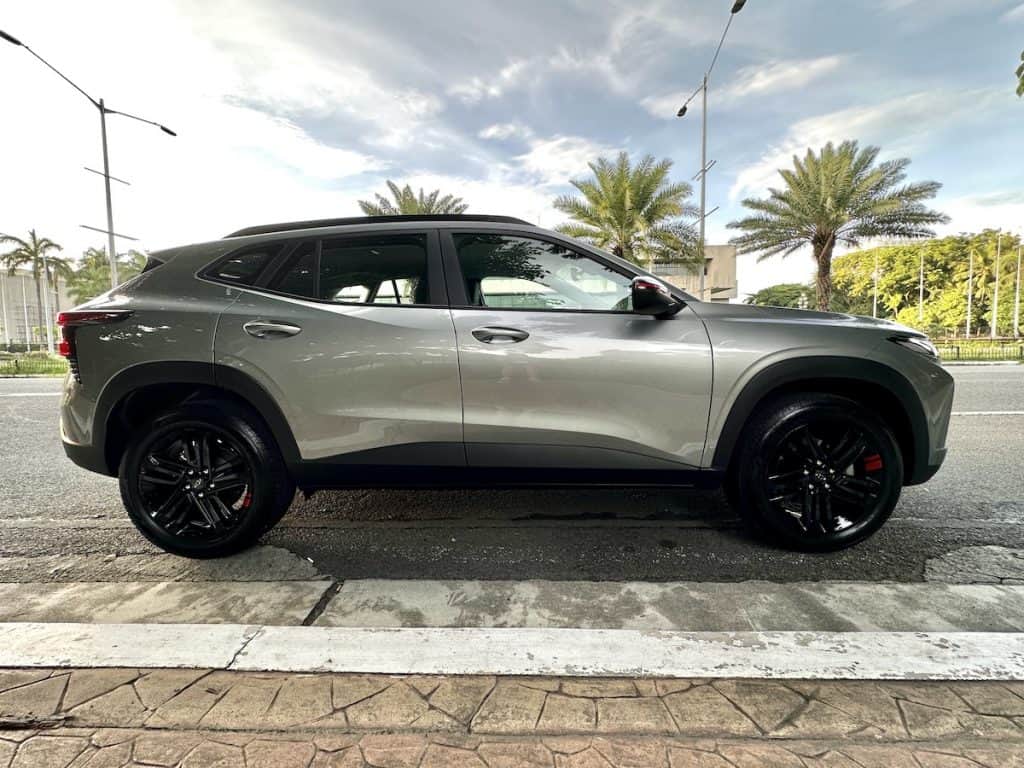
Regarding tech and safety features, the Trax Redline variant offers a decent package. The 8-way power-adjustable seats provide comfort and convenience. The 11-inch touchscreen head unit is relatively easy to navigate, although it’s worth noting that the control for the 8-inch digital gauge clusters feels somewhat shoehorned in there.
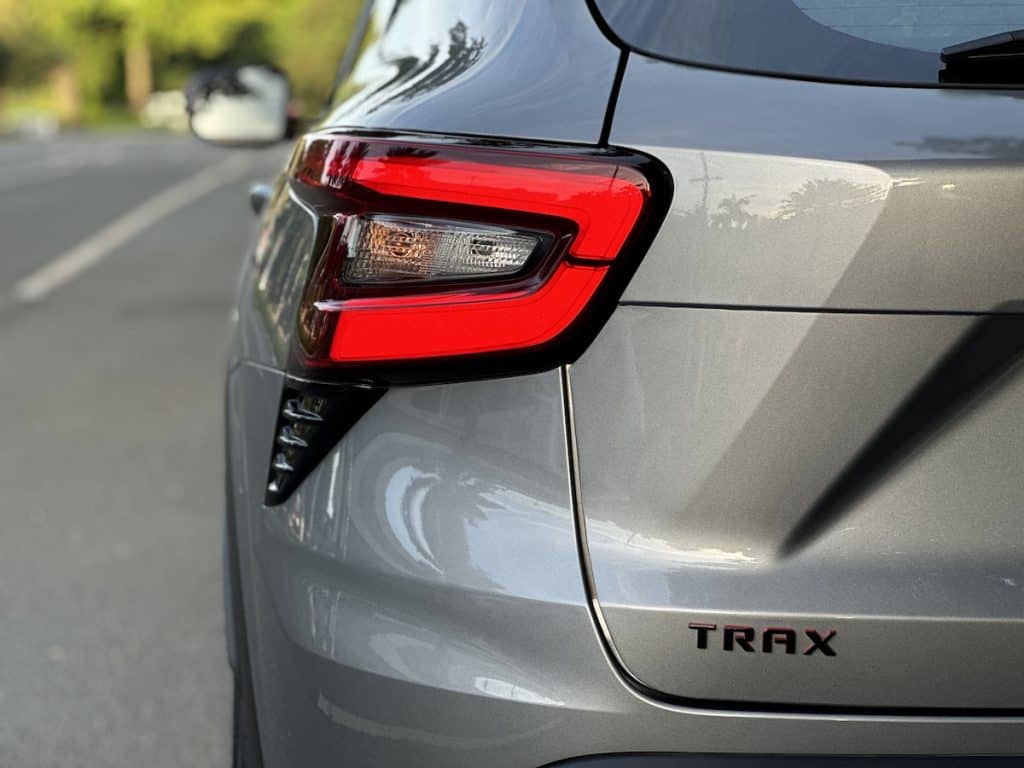
Unfortunately, the absence of Apple CarPlay is a disappointment (it has Android Auto), considering its prevalence in modern vehicles.
On the safety front, the Trax offers several notable features, including lane-keeping assist, collision mitigation, and parking sensors. However, the absence of blind spot detection is a noticeable omission. The inclusion of cornering brake control, enhanced pedestrian detection, and airbags all around enhances the overall safety of the vehicle. The rearview camera display is functional but doesn’t stand out as exemplary. Surprisingly, even the top-spec RS variant lacks adaptive cruise control, which could be a letdown for those seeking a more comprehensive driver-assistance system.
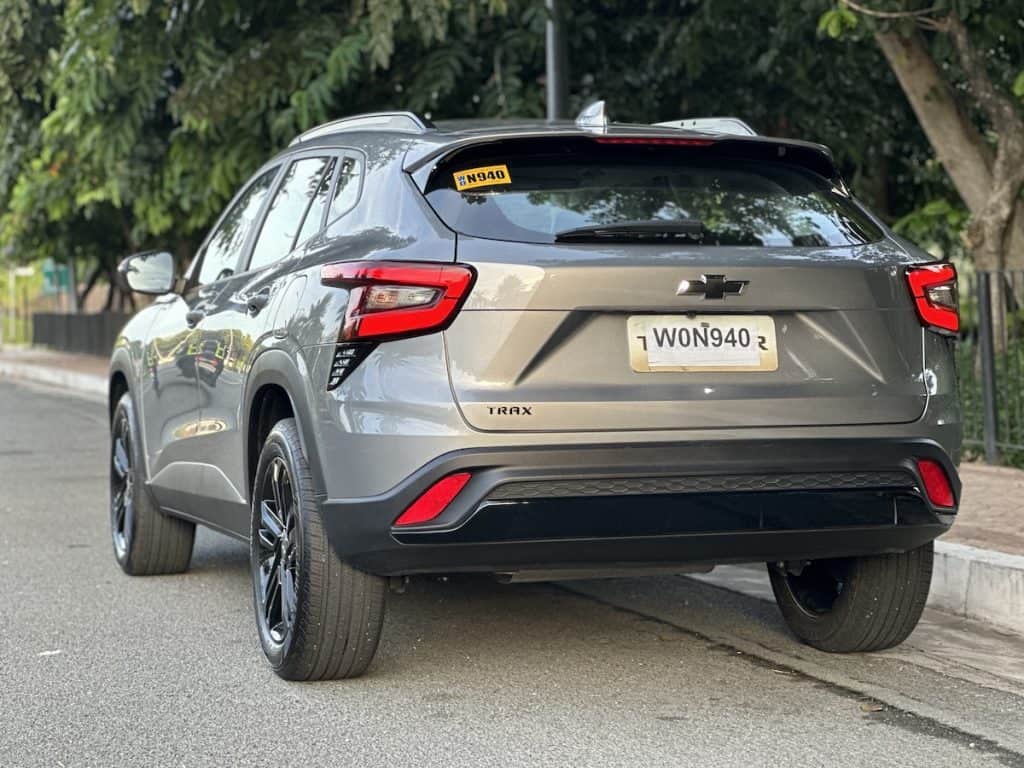
The Trax is powered by a 1.2-liter turbocharged engine producing 137hp and 220 Nm of torque. Despite its small size, the engine feels surprisingly peppy when pushed, and the turbo lag is manageable. The Trax doesn’t feel sluggish, even without forced induction.
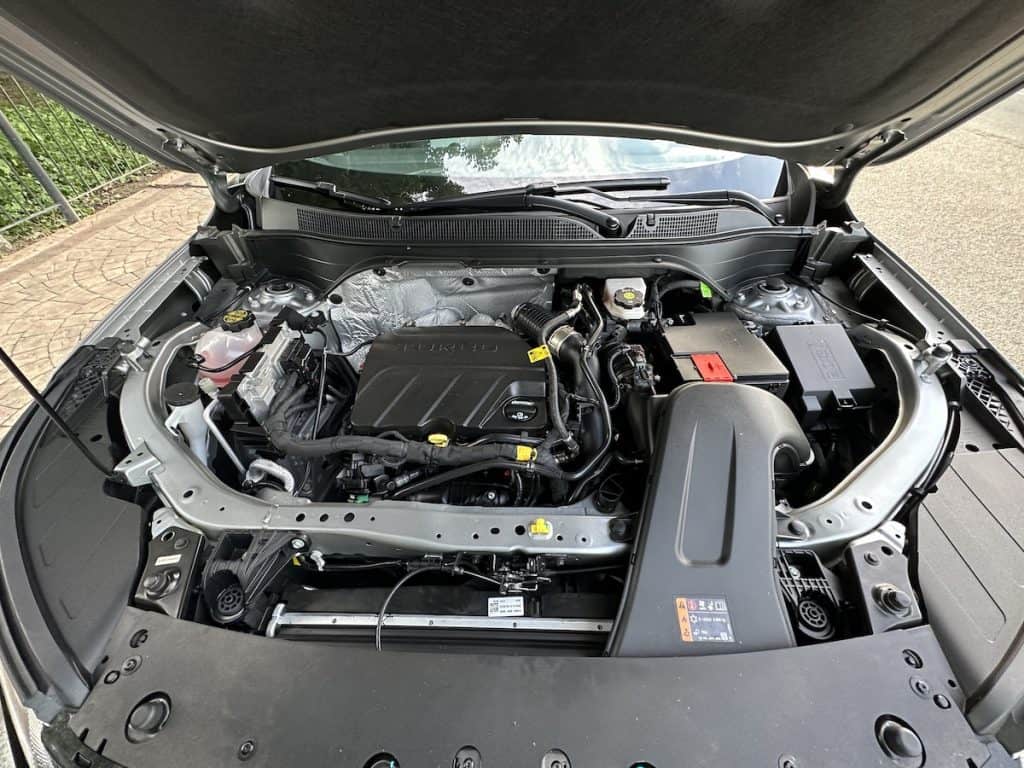
However, the vehicle’s size can make it somewhat challenging to place accurately within the lane, especially on narrower roads.
In terms of handling, the Trax is nimble and easy to maneuver. It can be thrown around corners with relative confidence. However, the suspension’s softness becomes apparent, and it would benefit from a tad more stiffness. The continuous rebound of the suspension can be felt, impacting the overall comfort and stability of the ride.
I would love to test the Trax’s fuel economy, but given the limited time behind the wheel, I didn’t get enough mileage to provide an accurate measurement.
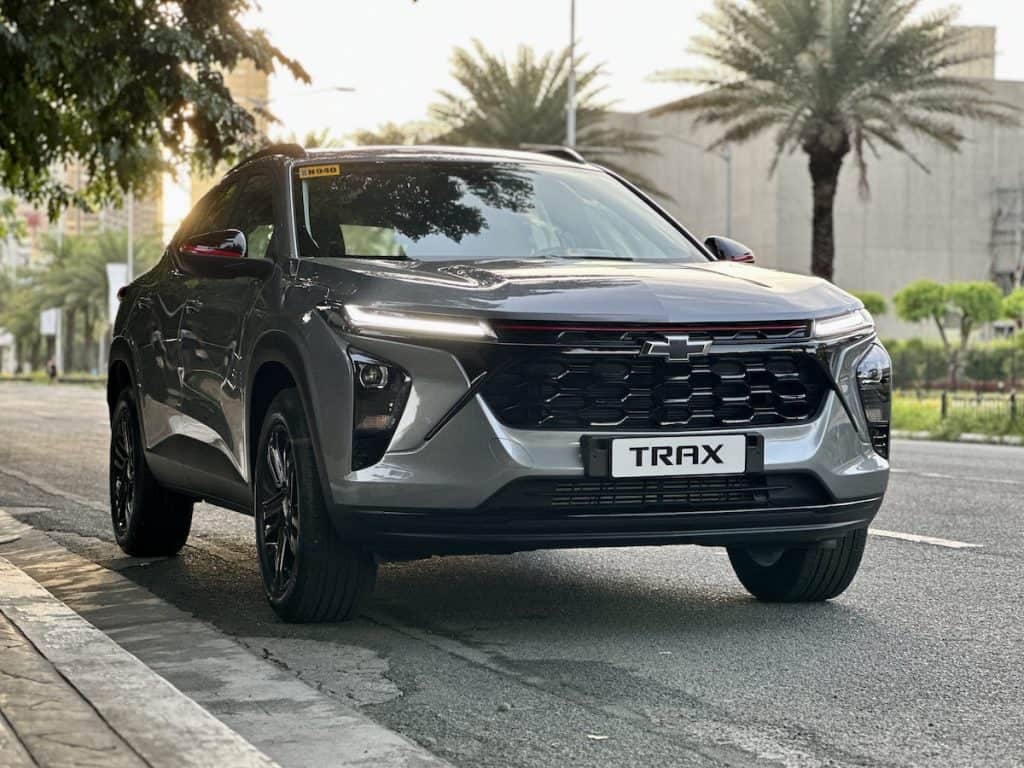
And then, there’s the pricing. The new-generation Chevy Trax starts at P1,793,888 for the LT trim, while the Redline variant I tested goes for P1,866,888. The top-spec RS trim, which comes with all the bells and whistles, has a sticker price of P1,948,888.
You might say that these numbers are a huge ask for a small crossover, and I’d agree with you. Why the high price tag? It’s because the new Trax is sourced from South Korea, unlike its rivals like the Ford Territory and the ridiculously priced China-branded contenders. That said, Chevrolet Philippines has a huge task at hand – justify the pricing to what it can offer.
But for those who aren’t particular with prices, the Chevy Trax in its Redline trim offers a stylish and sporty package with advanced safety features not found on its rival. You can’t a price for safety, really.


